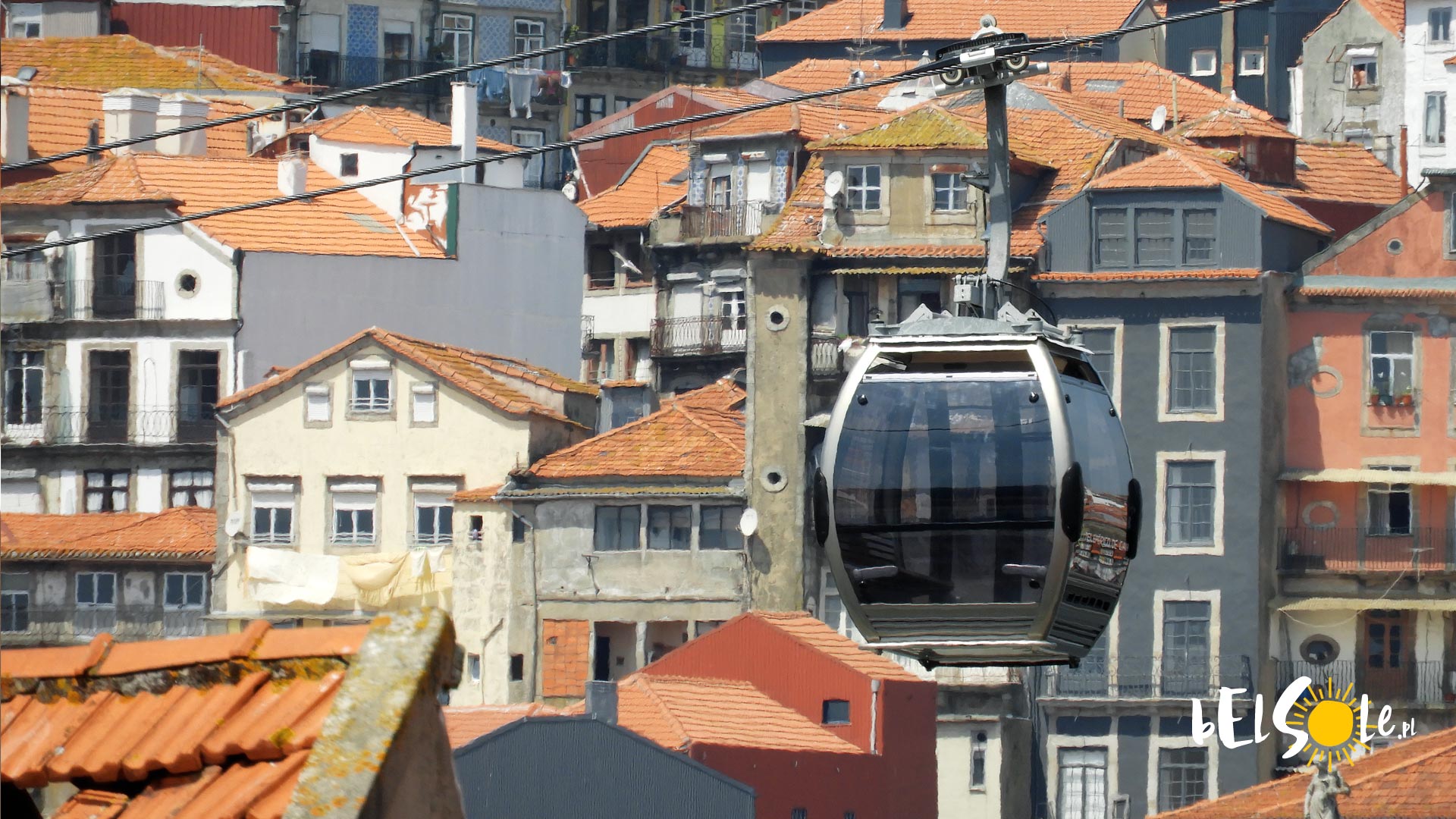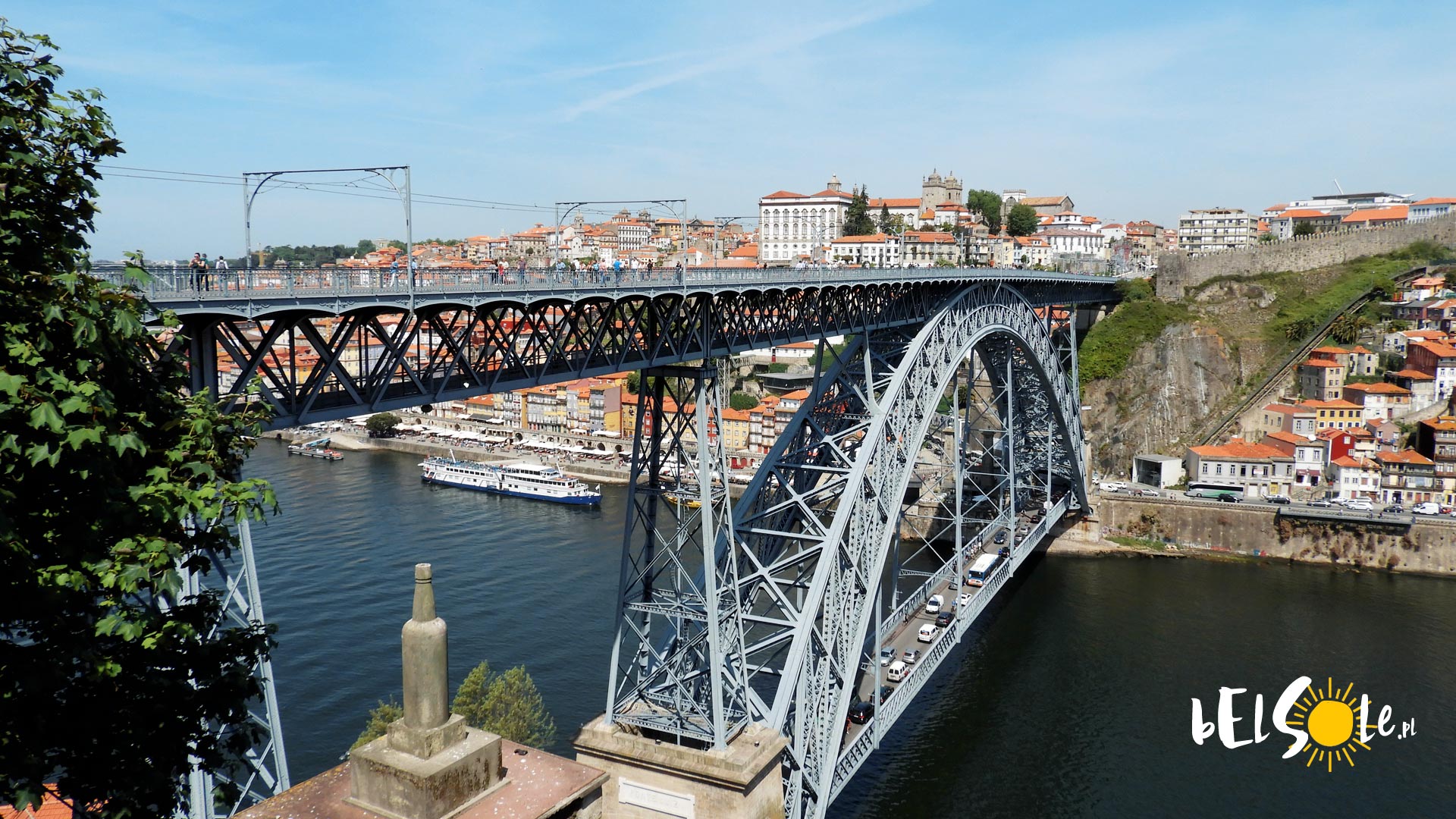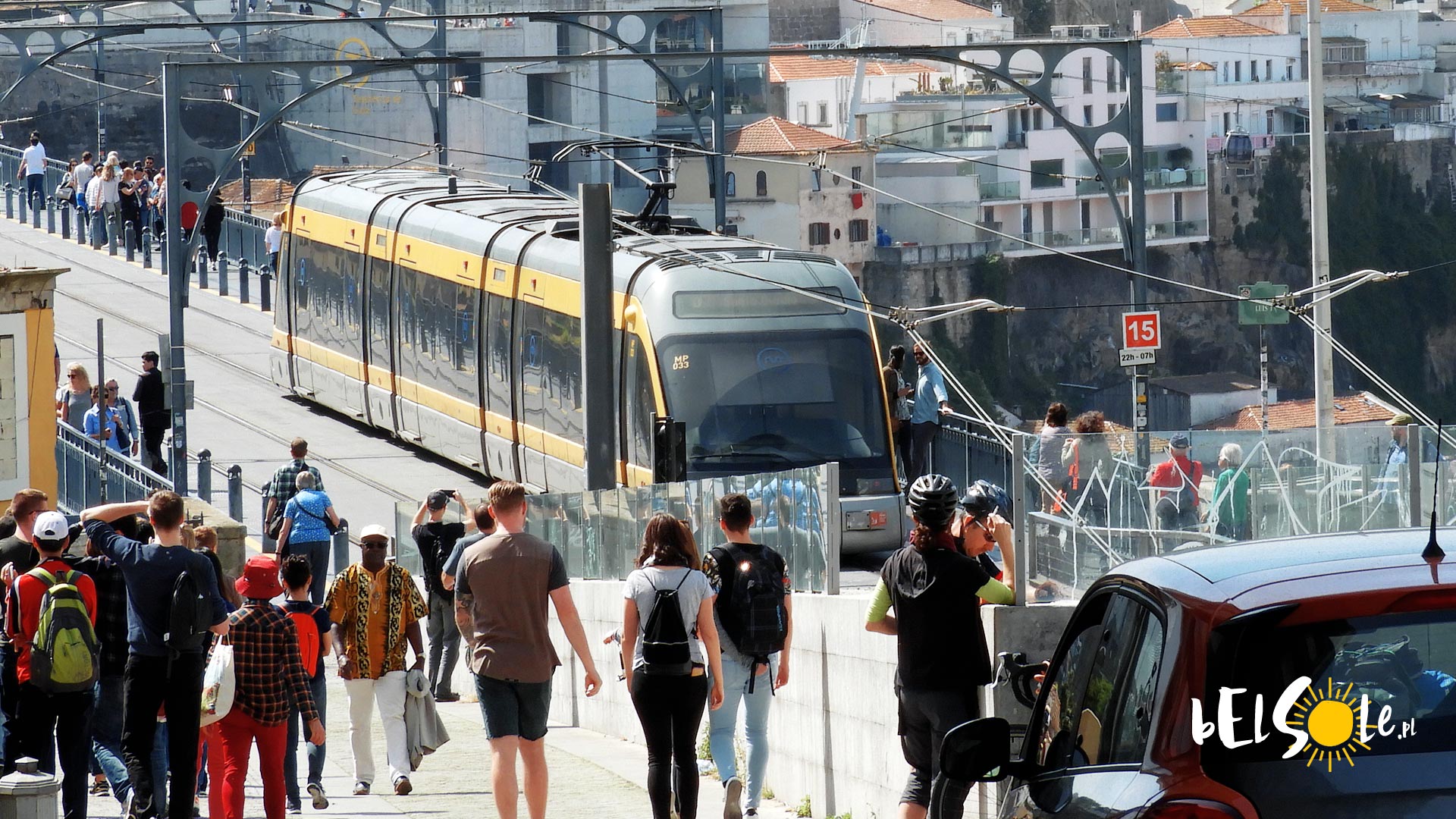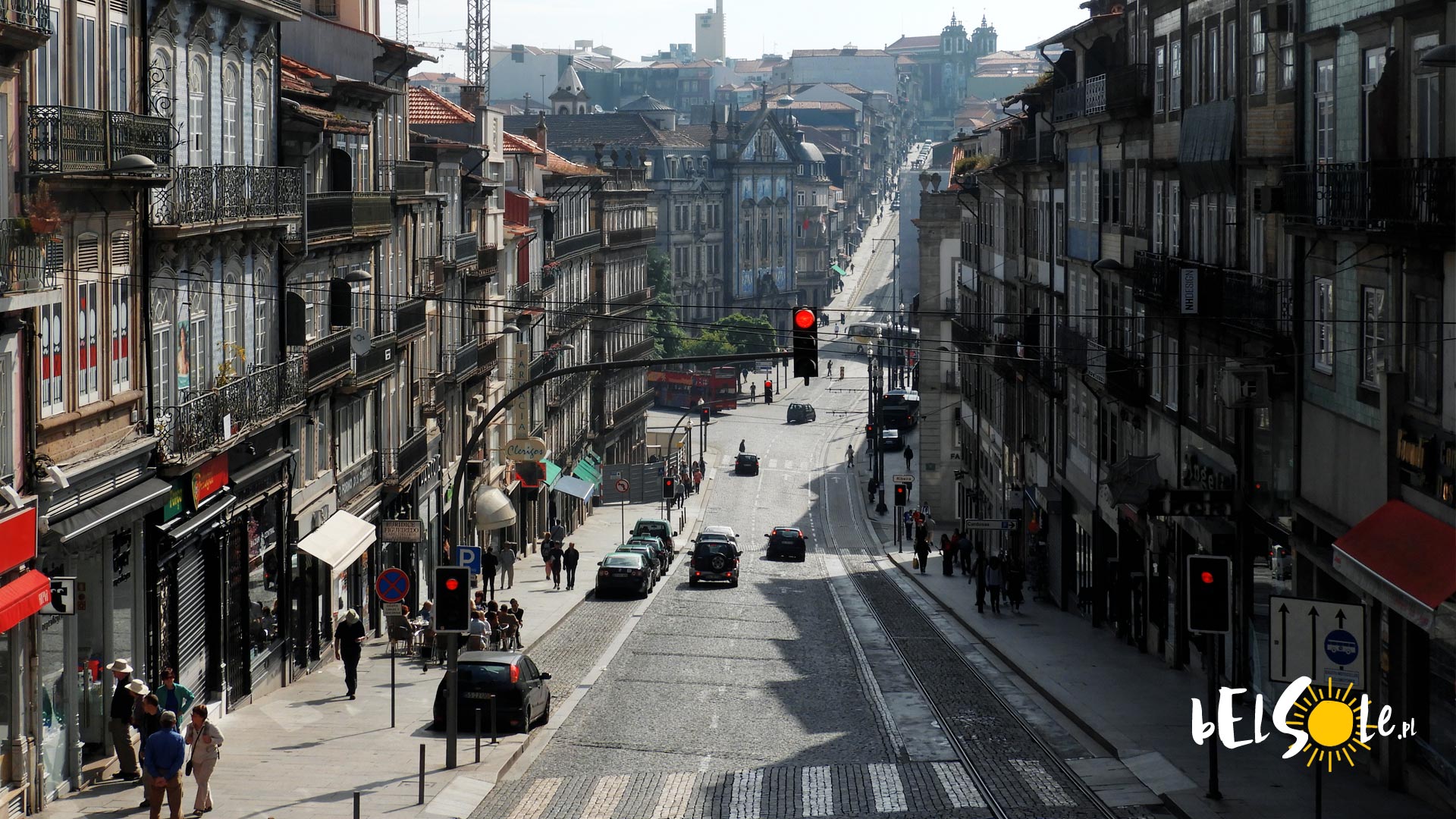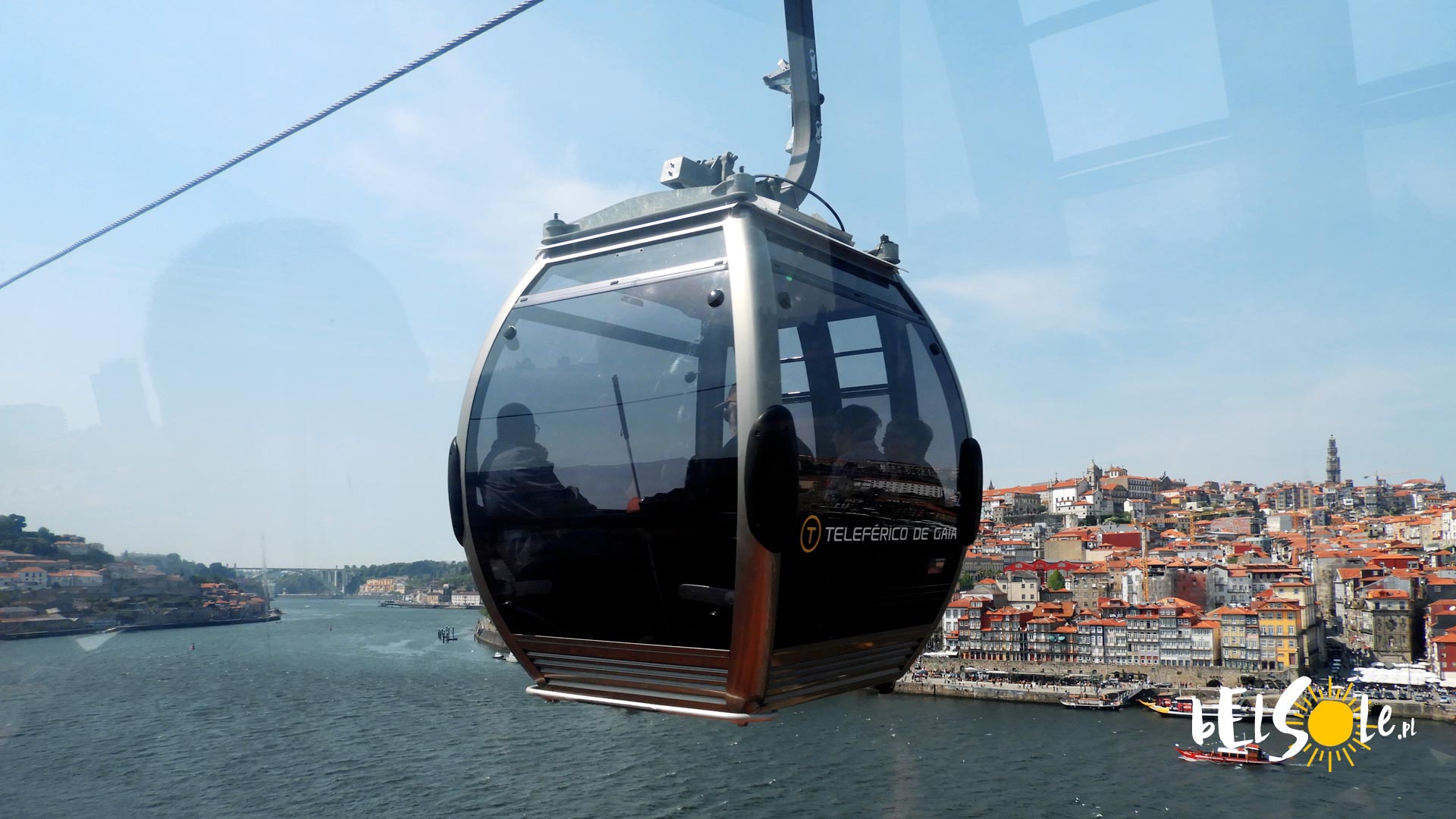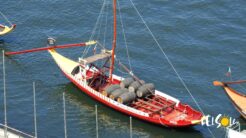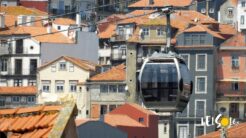Many tourists, when coming to Porto, wonder if and how they should use the public transport in the city. One of the common questions we get is how to get to the centre of the city from the airport. Similarly, we get asked, how to use the trams, buses, the metro, the Funicular dos Guindais railway, or the Teleferico de Gaia ropeway in Porto. We’ll try to cover all of that today.
The magnificent Porto is not the biggest of cities. It’s inhabited by only 214 thousand people and takes up merely 41,42 km². For comparison, the total area of London takes up 1572 km². In reality, Porto can be fully explored by foot, although not everyone wants that, and if money is a problem, then the public transport is your best bet.
Public transport in Porto – transport types
Porto utilises tram lines, buses, metro and a funicular railway (Funicular dos Guindais). The bus and tram lines are managed by the STCP company (Sociedade de Transportes Colectivos do Porto), established in 1946. Before STCP took over, the tram line system remained private since 1906.
There are currently 3 tram lines (1, 18, 22) and 80 bus lines (including 11 which operate at night) under STCP’s control. The tram should be probably regarded as more of an unusual tourist attraction, rather than a legitimate transport.
Apart from the buses and trams, there are two remaining transport types. In 1993, a company was established, which was responsible for creating a metro system in Porto. The task was finished in 2002, when the first metro line was put into service. Today, the metro consists of 82 stations (both surface and underground ones) and a 67 km long route.
The last public transport type in Porto is the famous ‘Funicular dos Guindais’ funicular railway. Originally, the railway was opened on June 4th, 1891, but was shortly closed down ( June 5th 1893) after an ‘accident’ had occurred. The new funicular was opened as a part of the Porto 2001 program, on February 19th, 2004. The railway’s route is merely 281 metres long, and takes roughly 3 minutes. Similarly to the trams, it’s more of an attraction rather than a proper transport method. Similar case can be seen with the Teleferico de Gaia cable car.
How to use the public transport in Porto?, Ticket prices
To all those, who are sure they’ll use the public transport in Porto, we recommend buying the Andante Card for 0.60 EUR. It’s a simple to use travel card, which we can use as a ticket. We can charge the card for any number of rides we want, with both coins and notes. Simply put your card under the scanner and you’re free to enter the vehicle.
We can also buy the Andante Tour card, for 7 or 15 EUR, but if you’re not interested in traveling outside of the main part of Porto, buying it is generally a mediocre idea. Although, if you want to get to the centre of Porto from the Porto Airport, it makes a lot more sense.
Andante Card is split into three ‘zones’: Z2, Z3 and Z4, in which an individual ticket costs 1,20; 1,50 and 1,85 EUR respectively, while a price for 11 rides is 12; 15 and 18,50 EUR. There’s also an Andante 24, with a limitless amount of rides for a day in the specific zones, which costs 4,15; 5,20 and 6,40 EUR.
Metro in Porto
There are 6 lines in the metro system in Porto. The blue line “A” connecting Estádio do Dragão with Senhor de Matosinhos, the longest line, red “B”, from Estádio do Dragão to Senhor de Matosinhos, the green line “C”, from Campanha to ISMAI, the short yellow line “D”, from Hospital São João to Santo Ovídio, the purple “E” line from Hospital São João to Santo Ovidio and the most recent, orange “F” line, from Hospital São João to Santo Ovídio.
Only a small portion of the metro system operates underground (8 km), most of it operates on surface lines. Due to the limitations related to the metro’s build, the system doesn’t cover the entire surface of the city. The bus lines are more reliable in that regard.
Buses in Porto
Although the Porto drivers can be a little hectic at times, buses are certainly the most reliable way of getting around the city. The standard colours for Porto buses are dominantly white and blue, with a single orange line. The Porto’s fleet of buses are one of the more modern ones, while still heavily relying on gas.
The bus lines in Porto use a three-digit labeling system. The first number (2;3;4;5;6;7;8;9) indicates which part of the city the bus covers. The lines operating at night have an “M” in their label (from 1 to 13). You can’t hide a bike in a bus. Children under the age of 4 can travel for free.
The official bus timetable is available on the official website (www.stcp.pt). People not using the card can buy the ticket straight from the bus driver. There are special bus lines dedicated to transporting people from the airport to the centre of the town (lines 601, 602 and 604).
From the airport, we can use the line 601, which operates from 5:30 to 0:30 at night, line 602, which also functions from 5:30 to 0:30 and the line 604, which works from 6:00 to 21:00. The buses leave every 25 minutes or so.
Trams, funiculars and ropeways – the biggest Porto attractions
We’ve mentioned three tram lines, a funicular railway and a ropeway before, which can all be considered ‘unusual’ attractions of Porto.
Today, there are three functioning tram lines. The combined route length is merely 8.9 km, which makes it less optimal for long distance travels, but it’s plenty for recreational rides, especially since the trams have some beautiful destinations included in their routes.
The lines being used today are the: 1 Passeio Alegre – Infante; 18 Massarelos – Carmo and the 22 Circular Carmo – Batalha. For fans of traditional public transport, there’s also the Museu do Carro Electrico, a tram museum. Currently, the trams in Porto are used by pretty much just tourists.
The second tourist attraction in Porto is the Funicular dos Guindais railway, which is a comfortable way of getting from the lower level of the city to the upper ones. The route the lift covers is very limited, at 281 metres (which takes about 3 minutes) and only offers one-way rides. The ticket costs 2,50 EUR. The railway during the season (from April to October) is open from 8:00 to 20:00 (Fridays and Sundays, from 8:00 to 22:00). You can see the ride in the video below.
The third attraction worth mentioning is the Teleferico de Gaia ropeway in Port, which connects the two parts of the city. The cable car was opened in April 1st, 2011, and it connects Cais de Gaia with Jardim do Morro. The lift is managed by the Telef – Transport Res por Cabo e Concessões company. Its route is 562 metres long, and takes roughly 5 minutes to cover.
Depending on the variant of the ride we choose, the price changes. A one-way ticket costs 6 EUR, a two-way costs 9. The price of the ticket for children is cut in half. During the tourist season (April till the end of September), the ride is open from 10:00 to 20:00, and the cable car can hold up to 8 people at once.



